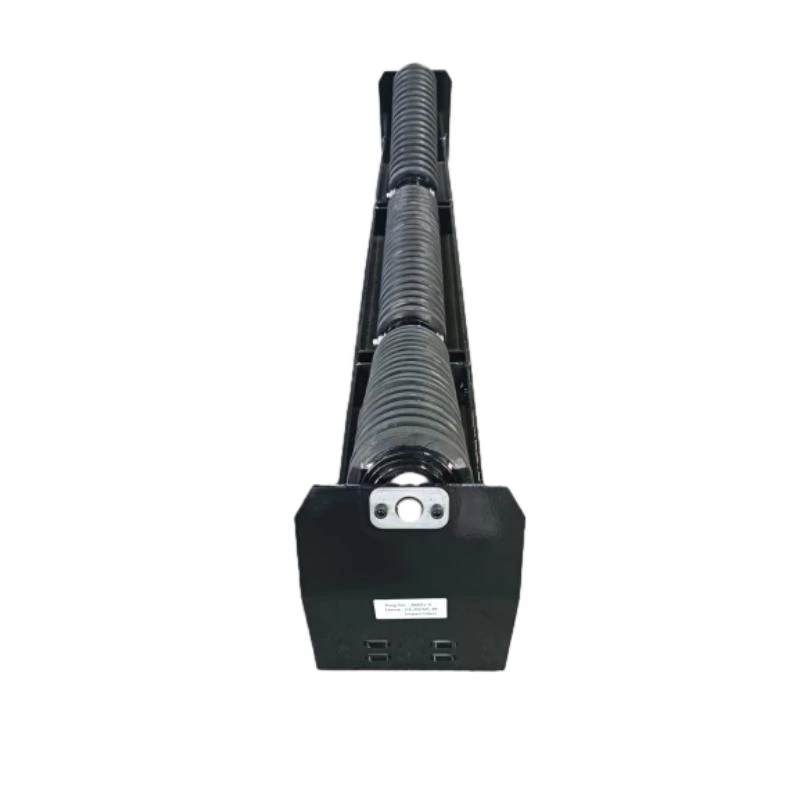 Afrikaans
Afrikaans  Albanian
Albanian  Amharic
Amharic  Arabic
Arabic  Armenian
Armenian  Azerbaijani
Azerbaijani  Basque
Basque  Belarusian
Belarusian  Bengali
Bengali  Bosnian
Bosnian  Bulgarian
Bulgarian  Catalan
Catalan  Cebuano
Cebuano  Corsican
Corsican  Croatian
Croatian  Czech
Czech  Danish
Danish  Dutch
Dutch  English
English  Esperanto
Esperanto  Estonian
Estonian  Finnish
Finnish  French
French  Frisian
Frisian  Galician
Galician  Georgian
Georgian  German
German  Greek
Greek  Gujarati
Gujarati  Haitian Creole
Haitian Creole  hausa
hausa  hawaiian
hawaiian  Hebrew
Hebrew  Hindi
Hindi  Miao
Miao  Hungarian
Hungarian  Icelandic
Icelandic  igbo
igbo  Indonesian
Indonesian  irish
irish  Italian
Italian  Japanese
Japanese  Javanese
Javanese  Kannada
Kannada  kazakh
kazakh  Khmer
Khmer  Rwandese
Rwandese  Korean
Korean  Kurdish
Kurdish  Kyrgyz
Kyrgyz  Lao
Lao  Latin
Latin  Latvian
Latvian  Lithuanian
Lithuanian  Luxembourgish
Luxembourgish  Macedonian
Macedonian  Malgashi
Malgashi  Malay
Malay  Malayalam
Malayalam  Maltese
Maltese  Maori
Maori  Marathi
Marathi  Mongolian
Mongolian  Myanmar
Myanmar  Nepali
Nepali  Norwegian
Norwegian  Norwegian
Norwegian  Occitan
Occitan  Pashto
Pashto  Persian
Persian  Polish
Polish  Portuguese
Portuguese  Punjabi
Punjabi  Romanian
Romanian  Russian
Russian  Samoan
Samoan  Scottish Gaelic
Scottish Gaelic  Serbian
Serbian  Sesotho
Sesotho  Shona
Shona  Sindhi
Sindhi  Sinhala
Sinhala  Slovak
Slovak  Slovenian
Slovenian  Somali
Somali  Spanish
Spanish  Sundanese
Sundanese  Swahili
Swahili  Swedish
Swedish  Tagalog
Tagalog  Tajik
Tajik  Tamil
Tamil  Tatar
Tatar  Telugu
Telugu  Thai
Thai  Turkish
Turkish  Turkmen
Turkmen  Ukrainian
Ukrainian  Urdu
Urdu  Uighur
Uighur  Uzbek
Uzbek  Vietnamese
Vietnamese  Welsh
Welsh  Bantu
Bantu  Yiddish
Yiddish  Yoruba
Yoruba  Zulu
Zulu lagged drum pulley
Understanding Lagged Drum Pulleys A Comprehensive Overview
Lagged drum pulleys are essential components in the field of mechanical engineering, particularly in conveyor systems and material handling equipment. They serve a crucial purpose in enhancing the efficiency and reliability of transport systems that utilize belts to move materials. In this article, we will delve into what lagged drum pulleys are, their construction, the materials used, their applications, and the advantages they offer.
What is a Lagged Drum Pulley?
A drum pulley is a cylindrical device, typically mounted on a shaft that drives the motion of a conveyor belt. The term lagged refers to the rubber or other materials applied to the surface of the drum pulley to provide added traction. This lagging creates a surface that improves the belt's grip, reduces slippage, and ensures the smooth operation of the conveyor system.
Construction of Lagged Drum Pulleys
Lagged drum pulleys are usually manufactured from high-strength materials, including steel or iron, to withstand heavy loads and harsh operational conditions. The lagging material, often made from rubber, can be molded or adhered to the surface of the drum. The thickness and texture of the lagging can vary based on the intended application and the type of materials being conveyed.
The construction of a lagged drum pulley involves several steps
1. Fabrication of the Drum The base drum is crafted to specific dimensions and tolerances to ensure it integrates smoothly with the conveyor system. 2. Lagging Application The lagging material is applied to the drum's surface using adhesives or mechanical fasteners, ensuring a secure bond that can handle the stresses of operation.
3. Quality Control Finished pulleys undergo rigorous testing to confirm they meet the necessary performance standards.
Applications of Lagged Drum Pulleys
Lagged drum pulleys are widely used in various industries, including mining, manufacturing, and agricultural sectors. Their primary applications include
lagged drum pulley

- Mining Operations In these demanding environments, lagged pulleys facilitate the efficient movement of heavy materials such as ore and coal. - Manufacturing Plants They are crucial for assembly lines, where materials need to be transported quickly and reliably.
- Bulk Material Handling In agricultural settings, lagged drum pulleys assist in transporting grains, fertilizers, and other bulk materials.
Advantages of Lagged Drum Pulleys
The use of lagged drum pulleys comes with several advantages
1. Enhanced Traction The rubberized surface significantly improves the grip between the pulley and the conveyor belt, resulting in reduced slip and increased efficiency.
2. Increased Lifespan The protective layer provided by the lagging material reduces wear and tear on the pulley, extending its operational lifespan.
3. Lower Maintenance Costs With improved operation comes lowered maintenance requirements, as the incidence of slippage-related wear diminishes.
4. Versatility Lagged pulleys can be customized in terms of materials and textures to suit specific applications, making them adaptable across various industries.
5. Safety Improvements The enhanced grip reduces the risk of slippage incidents, contributing to a safer working environment for operators.
Conclusion
In conclusion, lagged drum pulleys play an indispensable role in the efficiency and reliability of conveyor systems across many industries. Their design, construction, and application are tailored to meet the specific challenges presented by material handling. As technology advances, these components will continue to evolve, further enhancing their performance and safety features, ensuring that they remain vital to industrial operations.
-
Revolutionizing Conveyor Reliability with Advanced Rubber Lagging PulleysNewsJul.22,2025
-
Powering Precision and Durability with Expert Manufacturers of Conveyor ComponentsNewsJul.22,2025
-
Optimizing Conveyor Systems with Advanced Conveyor AccessoriesNewsJul.22,2025
-
Maximize Conveyor Efficiency with Quality Conveyor Idler PulleysNewsJul.22,2025
-
Future-Proof Your Conveyor System with High-Performance Polyurethane RollerNewsJul.22,2025
-
Driving Efficiency Forward with Quality Idlers and RollersNewsJul.22,2025





























